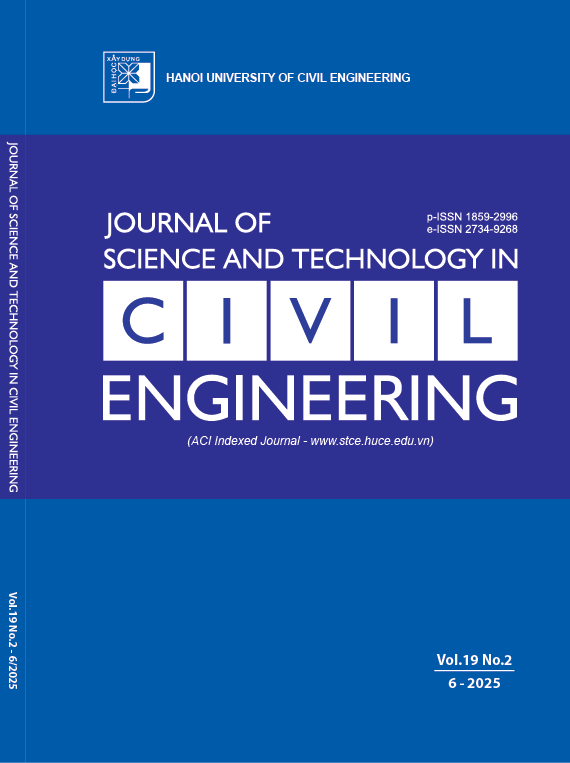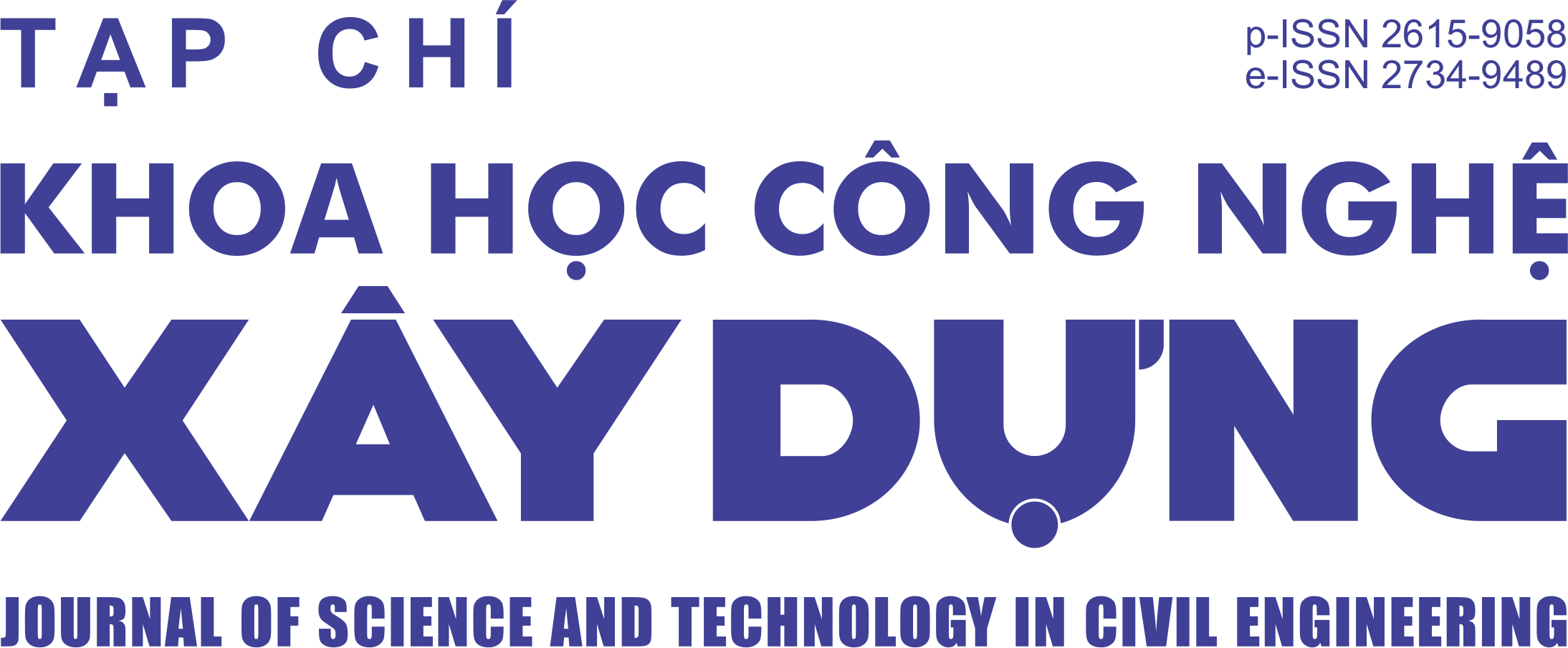An analytical model for evaluating lateral load-displacement curve of corroded reinforced concrete beams under cyclic loading
Abstract
This paper presents an analytical model for evaluating the nonlinear response of corrosion-affected reinforced concrete (RC) beams under cyclic loading conditions. The analytical model addresses the interdependent flex- ural and shear mechanisms through two key components: (i) a flexural analysis module employing moment- curvature relationships that integrate corrosion-induced material deterioration in the concrete cover, tension in longitudinal reinforcement, buckling effects of compressive longitudinal reinforcement, along with plastic hinge length reduction; and (ii) a modified shear capacity model based on Sezen and Moehle’s model but incor- porating ductility-related strength reduction and corrosion damage parameters for both concrete and transverse reinforcement. The model was validated against experimental data from cyclic loading tests on eleven cor- roded RC beams. The results indicate that the model can accurately predict the load-displacement curve and failure mode to a reasonable extent. A strong correlation with the experimental peak load was observed, with an average ratio of 1.03 and a coefficient of variation (COV) of 0.08. However, the predictions for ultimate displacement show more variability, with an average ratio of 0.94 and a COV of 0.32.
Downloads
Copyright (c) 2025 Hanoi University of Civil Engineering

This work is licensed under a Creative Commons Attribution-NonCommercial-NoDerivatives 4.0 International License.
1. The Author assigns all copyright in and to the article (the Work) to the Journal of Science and Technology in Civil Engineering (JSTCE) – Hanoi University of Civil Engineering (HUCE), including the right to publish, republish, transmit, sell and distribute the Work in whole or in part in electronic and print editions of the Journal, in all media of expression now known or later developed.
2. By this assignment of copyright to the JSTCE, reproduction, posting, transmission, distribution or other use of the Work in whole or in part in any medium by the Author requires a full citation to the Journal, suitable in form and content as follows: title of article, authors’ names, journal title, volume, issue, year, copyright owner as specified in the Journal, DOI number. Links to the final article published on the website of the Journal are encouraged.
3. The Author and the company/employer agree that any and all copies of the final published version of the Work or any part thereof distributed or posted by them in print or electronic format as permitted herein will include the notice of copyright as stipulated in the Journal and a full citation to the Journal as published on the website.







